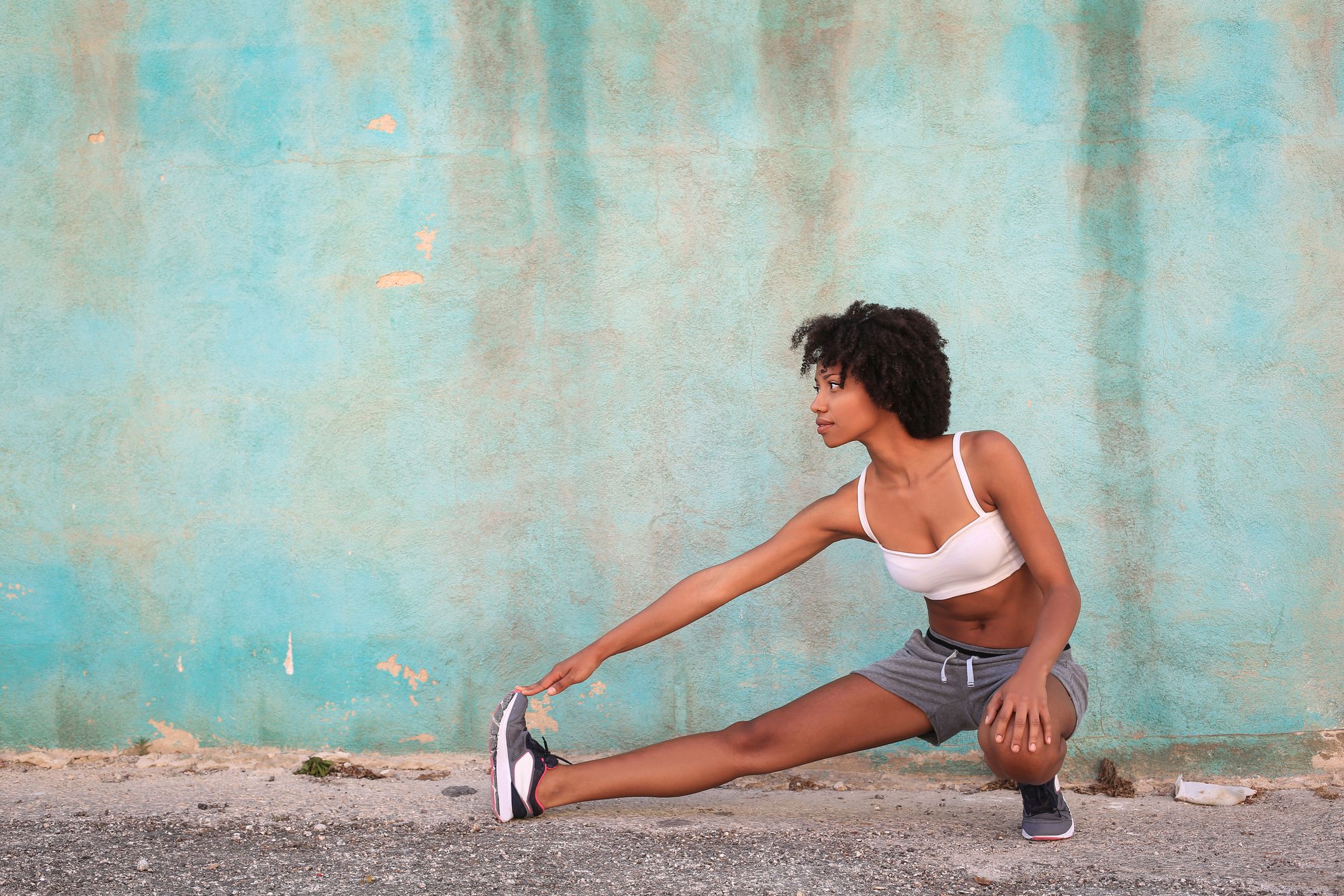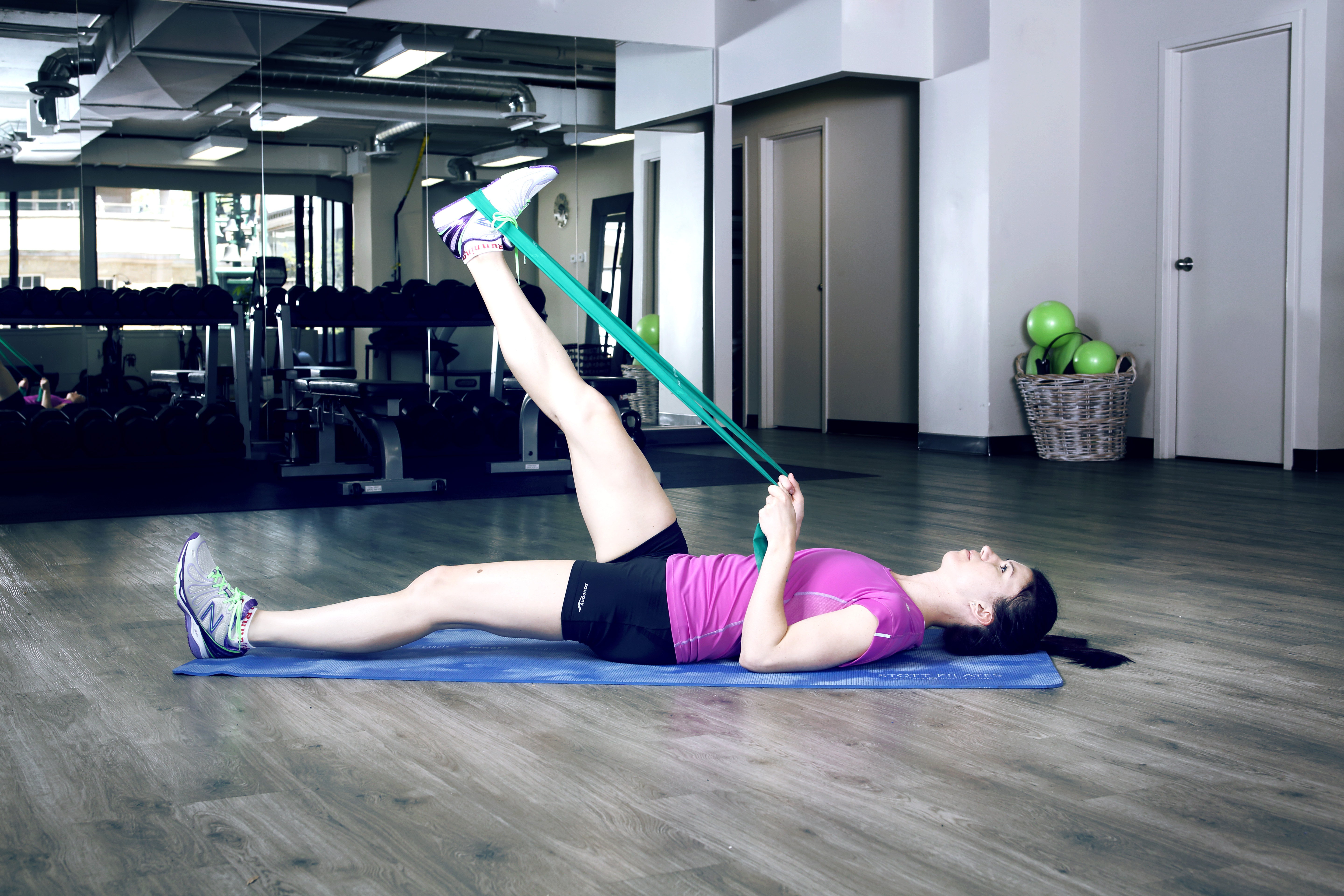Struggling with knee pain? Stretch your hamstrings
Recent research suggests inflexible hammies are a strong predictor of knee problems

Knee pain is one of the most common complaints among distance runners and has sidelined many training plans, which is why a considerable amount of research has gone into what causes it and how it should be treated. While there are many different reasons why your knees might be giving you trouble, recent research suggests the cause might actually be quite simple: you have tight hamstrings. Stretching them, then, may be the simple solution.

The study
The study, published in the Journal of Orthopaedics and Trauma, surveyed 205 runners who participated in a half-marathon, and found that at the end of the race, 24 per cent of them had an injury. Anterior knee pain (pain on the outside of your knee) was the most common complaint. An orthopedic surgeon performed a physical examination and recorded the medical history of each participant, and found two factors that had a statistically significant association with anterior knee pain: insufficient stretching of the hamstrings and taking more than two hours to finish the race.
The researchers make the assumption that runners who take more than two hours to finish a half-marathon are typically (although not always) less well-trained than faster runners, which is why they’re more likely to get injured during a race. Tight hamstrings, on the other hand, can affect runners of all levels.

More specifically, the authors of the study determined that runners who were unable to stretch their hamstrings past 70 degrees when in a supine (lying on your back) position were much more likely to suffer from anterior knee pain. The researchers cite other studies that also associate insufficient hamstring stretching with patellofemoral pain (a.k.a. runner’s knee) and conclude that a simple, non-invasive strategy for preventing and treating knee pain could simply be to stretch the hamstrings more. “Improving the flexibility and strength of the lower limbs are part of the conservative treatment strategy for anterior knee pain,” they say.
The bottom line
Of course, tight hamstrings might not be the cause of your knee pain, and it’s also possible to stretch too much, but the takeaway here is that if you’re struggling with nagging knee issues, working on your hamstring flexibility might be a good place to start. As always, the best thing you can do when dealing with any injury (large or small) is to see a physiotherapist or other sports medicine expert who can get to the root of your injury and come up with a plan for how to deal with it. If the solution is simply to stretch more, an expert can teach you exactly how and how much to stretch to resolve the issue without overdoing it.


